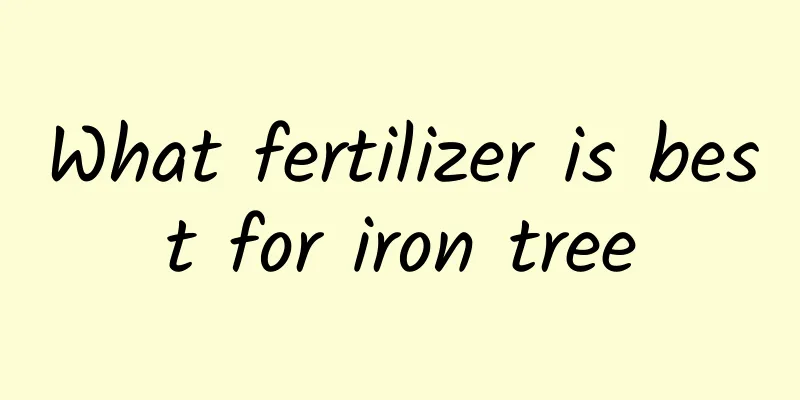Is Monstera hydroponically cultivated or soil cultivated?

1. Hydroponics or Soil CultureFor Monstera, both hydroponics and soil cultivation are possible. Both maintenance methods can allow the plant to survive, and each has its own advantages and disadvantages. Soil cultivation can provide sufficient nutrients, grow faster, and make the plants grow more solidly. However, it occupies a larger space indoors, is relatively troublesome to manage, and is prone to diseases and pests. Hydroponics is relatively clean, simple, and more beautiful. Small fish can also be raised in the water at the same time. However, nutrients are very limited and can only be drawn from the water. If the water is not changed for a long time, it may cause root rot and frostbite in winter. 2. Precautions1. Soil cultivation: If you choose soil cultivation, you need to change the pot and soil regularly. Change the pot and soil once every spring to ensure that the plant has sufficient nutrition. Also pay attention to water replenishment, and do not apply too much water at one time to prevent root rot. 2. Hydroponics: For hydroponics, the water needs to be replaced regularly, especially in the summer, when bacteria can easily breed and cause root problems. You can add a little nutrient solution when changing the water to provide sufficient nutrients. |
>>: Can Monstera leaves take root?
Recommend
How to plant the fortune tree to make it flourish? Cultivation management methods and techniques
The money tree is also called the money tree. Man...
What season is suitable for growing coriander?
Coriander , as a widely used seasoning vegetable ...
Rubber tree quick rooting method Simple method to quickly grow new roots after cutting
It is very simple to propagate rubber trees by cu...
Common leaf problems of Crassula ovata
Crassula ovata leaves falling The most common pro...
Black corn planting time and method
Black corn planting time The entire process of bl...
Can leaves be used as fertilizer?
Leaves as fertilizer Leaves can be used as fertil...
Autumn corn planting time and method planting technology and management
Autumn corn planting time Autumn corn is planted ...
Time and method for changing the soil of osmanthus tree
Time to change the soil of osmanthus tree The bes...
What is the best temperature for planting Zephyranthes?
Which month is suitable for planting rain orchids...
Soak these few bottles of water now and you won’t need to buy flower fertilizer in the fall!
Soybean cake fertilizer Bean cake fertilizer is r...
How to remedy the drying of camellia buds
1. Increase lighting If the flower buds dry up in...
Can beets be grown in the South?
Can beets be grown in the South? Beet can be grow...
The efficacy and function of yam
1. Slow down the aging process It is very nutriti...
What crops are suitable for growing in dry land?
What crops are suitable for growing in dry land? ...
What is sandy soil?
Sandy soil is composed of more than 80% sand and ...









